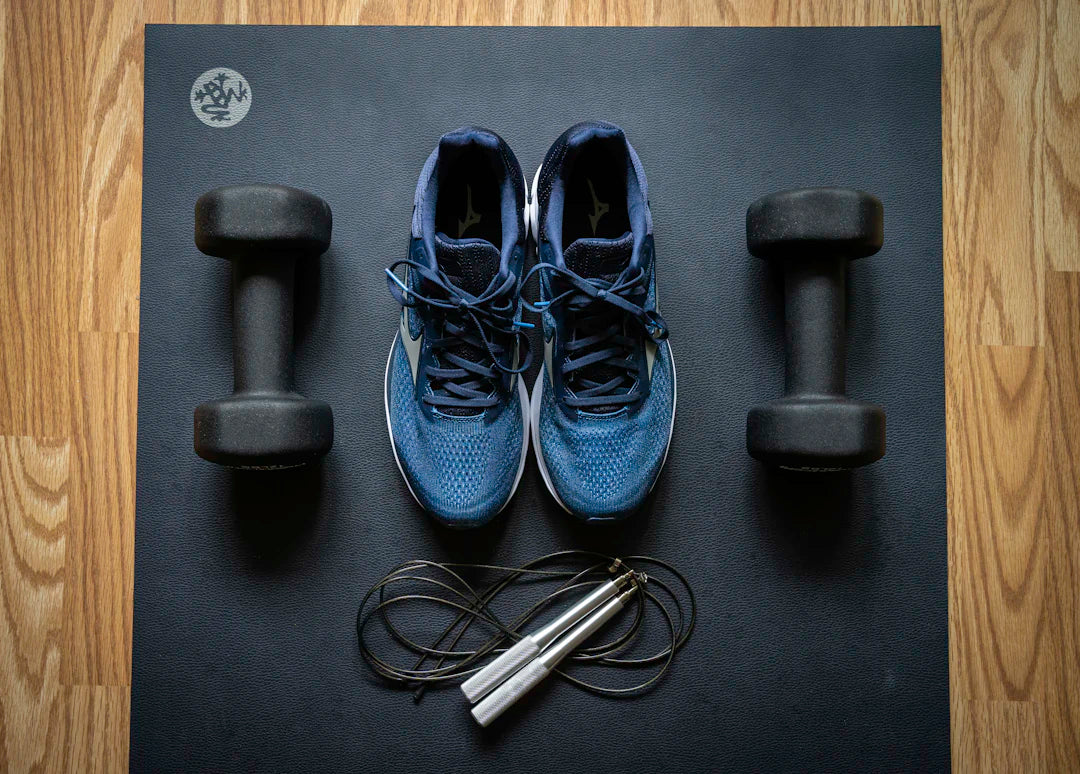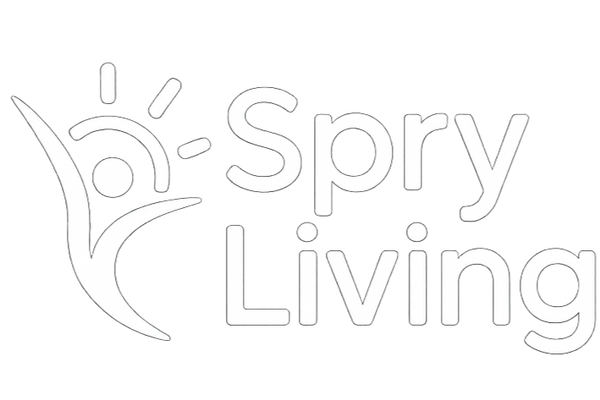
Track Your Progress in Low Impact Workouts
Share
Overview
This article discusses the benefits of low impact workouts for seniors, emphasizing their safety and effectiveness in promoting fitness without stressing joints. It highlights the importance of tracking progress to boost motivation and set achievable goals, offering simple methods such as keeping a workout journal, setting measurable goals, and using fitness apps. The article also addresses common challenges like joint pain and balance issues, providing solutions and encouragement. Additionally, it suggests lifestyle changes like proper nutrition and rest to enhance workout benefits, ultimately focusing on enjoying the fitness journey and celebrating progress.
Frequently Asked Questions
1. What are low impact workouts for seniors?
2. Why is it important to track progress in low impact workouts?
3. What are some simple ways to track my progress in workouts?
4. How can seniors overcome challenges like joint pain and balance issues during workouts?
5. What lifestyle changes can enhance the benefits of low impact workouts?
Embarking on a journey to fitness can feel daunting—especially if you’re just getting started or are facing challenges that come with age, like joint pain or balance issues. However, low impact workouts for seniors offer an ideal way to stay active while minimizing the risk of injury. The best part? You can easily track your progress to keep your motivation high! This article will provide practical advice on how to track your progress in these gentle yet effective workouts. Let’s get moving together!
Understanding Low Impact Workouts for Seniors
Before diving into tracking your progress, it's essential to understand what low impact workouts are and why they're especially beneficial for older adults. Low impact workouts are exercises that do not put excessive stress on your joints, making them safe for individuals who may experience discomfort while performing traditional workouts.
Some common types of low impact workouts include:
- Walking
- Swimming or water aerobics
- Stretching
- Cycling on a stationary bike
- Chair exercises
These activities allow you to build strength, enhance flexibility, and improve cardiovascular health without putting undue strain on your body.
Why Tracking Progress is Important
Keeping track of your progress in low impact workouts for seniors serves multiple purposes. Understanding how you’re progressing can help:
- Boost your motivation
- Identify areas for improvement
- Set achievable fitness goals
- Celebrate small wins, leading to greater enjoyment of your fitness journey
Whether you're aiming for better balance, increased energy levels, or improved overall health, tracking progress can provide insight into your success and keep you motivated on days when you might feel unmotivated to work out.
Simple Ways to Track Your Progress
Now that we’ve established why tracking progress is important, let’s look at some straightforward and effective methods for monitoring how your low impact workouts are evolving over time.
1. Keep a Workout Journal
One of the easiest ways to track your exercises is by keeping a workout journal. You can jot down the details of each session, including:
- The type of workout you did
- The duration of the session
- How you felt during and after the workout
- Any achievements, such as completing a longer duration or increasing repetitions
A workout journal doesn't require fancy technology — a simple notebook will suffice. You may even find it enjoyable to reflect on your workouts and recognize patterns over time. Writing down how you feel can also help you identify the right types of exercises that work best for you.
2. Set Measurable Goals
Setting specific, measurable goals will give you clear objectives to work towards. Consider incorporating both short-term and long-term goals into your fitness journey. For example:
- Short-Term Goal: Complete 15 minutes of low impact walking three times a week for the next month.
- Long-Term Goal: Increase walking time to 30 minutes three times a week within six months.
When you reach your goals, take a moment to celebrate! Acknowledging your hard work reinforces positive behavior and encourages you to continue on your fitness path.
3. Use Fitness Apps
In our tech-savvy world, fitness apps can be an excellent tool to track your workouts. Many apps allow you to log your exercises, track the duration, and even offer guided workout routines suited for seniors. Some popular features to look for in a fitness app include:
- Workout tracking capabilities
- Progress graphs and charts
- Motivational reminders
- Goal-setting functions
Choosing a user-friendly app focusing on low impact workouts for seniors will make it easier to integrate tracking into your routine. And remember—technology can be quite helpful, but it doesn’t need to be overwhelming! Choose an app that you feel comfortable with and enjoy using.
Recognizing Challenges Along the Way
Like anyone else, seniors can face unique challenges on their fitness journey. Common obstacles include joint pain, balance issues, and motivation struggles. Let’s address these challenges and share some gentle encouragement to keep you moving forward.
Joint Pain Solutions
Joint pain is a common concern for many seniors. If you experience discomfort while doing certain exercises, don’t be afraid to modify them. For example, if walking causes knee pain, consider moving to a pool for water aerobics, as the buoyancy of the water can lessen stress on your joints.
Improving Balance
Maintaining balance is essential for preventing falls. Incorporate exercises that help build stability, such as:
- Standing on one leg with support from a chair
- Heel-to-toe walking
- Balancing on your toes
Regularly practicing these movements in combination with your low impact workouts will enhance your stability and confidence over time.
Staying Motivated
There may be days when you feel less motivated, and that’s perfectly normal! If you’re struggling, try these tips:
- Exercise with a friend or family member to make it more enjoyable.
- Set a regular time for your workouts and treat them like important appointments.
- Reward yourself after completing your workout—consider a healthy snack or a small treat!
Finding joy in your workouts will not only help with motivation but will make your fitness journey feel less like a chore and more of a pleasure.
Making Lifestyle Changes
Incorporating low impact workouts into your life doesn't just pertain to your exercise routine. To enhance your overall health and fitness journey, consider making small but impactful lifestyle changes:
Nutrition Matters
A balanced diet can significantly improve your energy levels and workout performance. Focus on:
- Eating a colorful variety of fruits and vegetables
- Incorporating whole grains into your meals
- Choosing lean protein sources, such as fish, chicken, or legumes
Staying hydrated is equally crucial—remember to drink plenty of water before, during, and after your workouts for optimal performance!
Rest is Essential
Listening to your body is essential, especially as you age. Make sure you allow yourself adequate recovery time between workouts. Gentle stretching and restorative yoga can also pair beautifully with low impact workouts for seniors, easing tension and preparing your body for the next session.
Turning Progress into Joy
Tracking your progress in low impact workouts doesn’t need to be a numbers game. Focus on what makes you feel good and what motivates you, and celebrate your achievements, whether they be big or small. Remember, fitness is not just about reaching a destination—it’s about enjoying the journey and embracing each step along the way. As you build your strength and endurance, you may find renewed energy and excitement for life!
So lace up those sneakers and grab yourself a workout journal. Embrace this new chapter with each gentle movement you make. Celebrate your progress, lift your spirits, and inspire those around you to join in the fun. Every little bit counts, and your commitment to staying active is a beautiful thing!
Explore another user's Shopify or Wix store by following this link to their store. Keep in mind that this is a promotional link, and we assume no responsibility for the content of the linked store.
